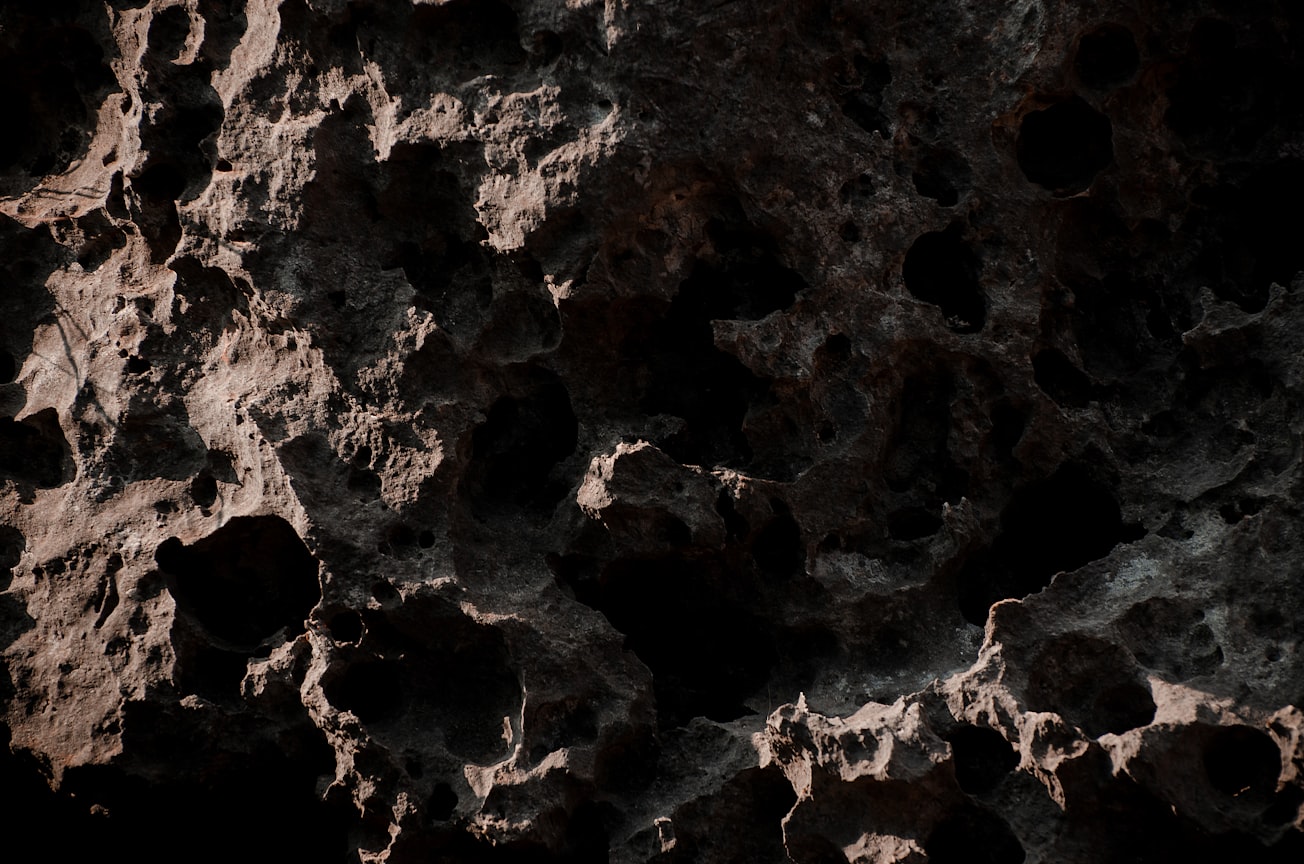What is it about?
Monolithic-type asteroids that are more than a kilometer in diameter have been predicted to have a lifespan of few 100 million years. However, the durability of rubble pile asteroids is currently not known. This study shows that the formation age of the rubble pile Itokawa asteroid is older than 4.2 billion years. Such a long survival time for an asteroid is attributed to the shock absorbent nature of rubble pile material and suggests that rubble piles are hard to destroy once they are created. Our results suggest that rubble piles are probably more abundant in the asteroid belt than previously thought and provide constrain to help develop mitigation strategies such as nuclear blast deflection to prevent asteroid collisions with Earth.
Featured Image

Photo by Viktor Talashuk on Unsplash
Why is it important?
In 2022, the NASA’s Double Asteroid Redirection Test (DART) mission successfully impact the asteroid Dimorphos with a space craft. This showed that we can essentially push rubble pile asteroids off-course. How can we use the results from the present study to help preventing any potential asteroid collision with Earth? An important conclusion from this study is that Rubble pile asteroids seem very hard to destroy once they have been created and they don’t fragment easily when impacted by other asteroids. Therefore, they must be more abundant in the asteroid belt than previously thought, so there is more chance that a big asteroid that is hurtling toward Earth will be a rubble pile. The good news is that we can also use this information to our advantage. We can potentially use more aggressive approach like using the shockwave of a close-by nuclear blast to significantly deflect a rubble pile asteroid without destroying it.
Perspectives
DART mission was a resounding success. The problem, however, with using kinetic impactors such as the one used in the DART mission is that it requires the asteroid to be detected very early on since the initial push will be very small. If the asteroid initial deflection by kinetic impact occurs a few years before the incoming asteroid collide with Earth, then full deflection can be successful. DART-like devices can do it. But what if we don’t have enough time? what if we suddenly discover that a kilometre-wide rubble pile asteroid will impact Earth within a month? What do we do? In our study, we are suggesting that we should explore the possibility to use the of blast a nuclear device detonated very close to the asteroid. Why? Because the shock wave would be much more energetic that small kinetic impactors like DART, so it would deviate the incoming asteroid much further, and therefore would require less time to achieve full deflection. The fact that they are resistant would play to our advantage so the blast would not destroy it. Push and not destroy, as fragmenting an asteroid is really not the way to go since all the fragments would rain down and cause similar devastation.
Fred Jourdan
Curtin University
Read the Original
This page is a summary of: Rubble pile asteroids are forever, Proceedings of the National Academy of Sciences, January 2023, Proceedings of the National Academy of Sciences,
DOI: 10.1073/pnas.2214353120.
You can read the full text:
Resources
Contributors
The following have contributed to this page










